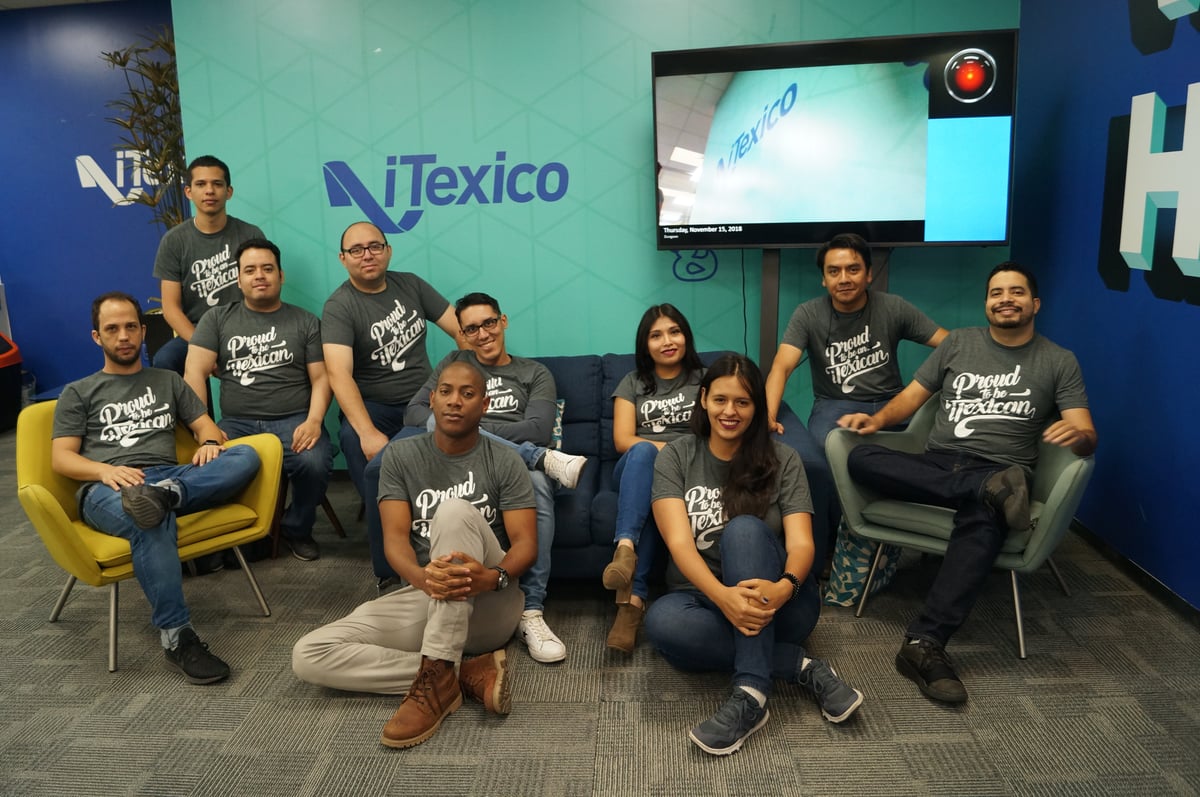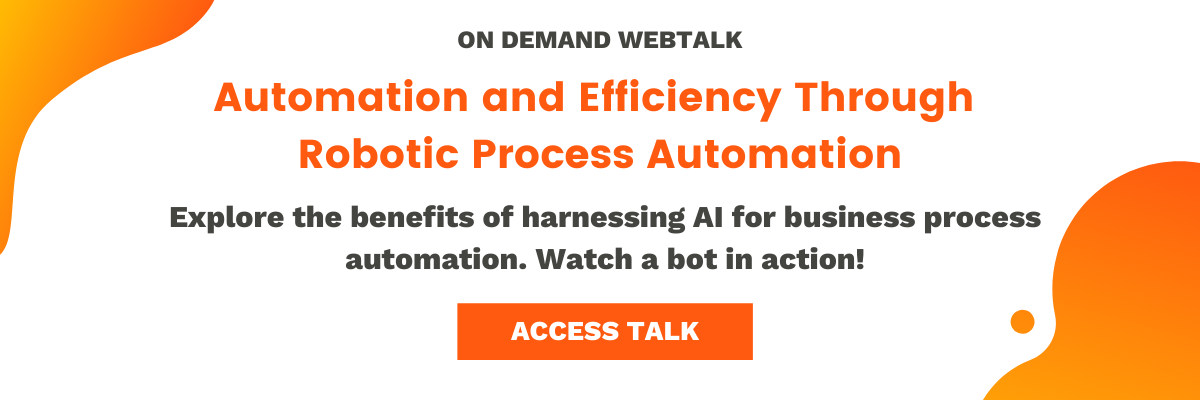Upcoming AI Trends, According to iTexico
Though most businesses now understand how critical digital transformation is to maintaining their competitive advantage, adoption of Artificial Intelligence (AI) in their enterprises has been a much slower road. Only 20 percent of enterprises, in a recent study, plan to deploy AI across their businesses in 2019. The remainder are still very much in the “toe in the water” phase when gauging whether AI is right for them.
The upside of AI is immense: Businesses that can successfully build a framework around AI and deploy it successfully can more effectively analyze big data and make more effective business decisions.
After researching the upcoming changes and innovations in the industry, Mark Charette and the iTexico team have listed the top 6 AI trends to look for in 2019. Be sure to keep these latest trends in artificial intelligence in mind when developing and executing your AI strategies to deliver the ultimate customer experience.
- Artificial Intelligence For Analysis: AI is helping the back-end application industry to facilitate engagement with users by understanding their habits and guiding them through choices to make their lives easier. This is achieved through algorithms that simulate the thinking process of the human brain. The AI application and data manipulation toolsets are becoming easier to use -- though aren’t completely user-friendly yet. Cloud-based interactive analysis is quickly becoming become ubiquitous, with major vendors producing and distributing machine learning implemented apps including Microsoft’s Cortana, Google Duplex, SwiftKey AI, Hound, and Microsoft Pix.
- Chatbots: Derived from AI technology, chatbots are becoming more personalized and intuitive than ever. Although they have been part of digital reality for some time now, the Chatbot industry is projected to swell to a $1.2 billion industry by 2025, according to Statista, and will account for 85 percent of customer relationships, according to Gartner. Chatbots are helping businesses by improving customer relationship management through self-service, analyzing consumer behavior and instantaneously offering fast and smart response options. Well-constructed Chatbots can handle up to 80 percent of a company’s most mundane requests, and are intelligent enough to hand off the interactive chat to humans when their reactions would go “out-of-band.”
- Problem-Solving Information Paired With AI: Given that many industries are producing copious amounts of data, the issue of managing, analyzing, and processing the data becomes problematic. Reducing and curating massive sets of data, today and tomorrow, is best handled through an AI/human partnership: Humans will interact with data to create training data sets, and AI offers insights in the form of fast feedback loops to ensure that the training data is emblematic of the actual data. Prior to the advent of this AI-enabled process, the first passes at creating a training data set were managed by humans digging through the data to and opining on what constituted a “good” data set to train on. Only then would technology iterate through the training data and the raw data set and try and match the given parameters, and which point a human teacher would evaluate the matches and refine the training data. The newer systems are more “intelligent” and now can suggest to the trainer better and faster ways to set up a valid training set of data.
- Logistics: Resolving real-time logistics scenarios represents a sort of Holy Grail scenario for AI deployed in enterprises. Earthquakes, fires, and floods can have far-reaching ripple effects on today’s businesses with their just-in-time inventory systems. Using AI to both predict supply chain weaknesses and to suggest remedies, whether that be re-routing, setting up alternative suppliers, changing logistics operations, or other solutions is becoming a practical reality. Pairing AI techniques with current logistics implementations can help businesses “future-proof” their applications with minimal disruptions in their current workflow.
- The Rise of Data Scientists and Data Analysts: AI needs data -- lots of relevant, rich data -- to work. There are some commercial databases available to mine, but in many cases, enterprises already have large sets of raw data. In an AI-centric world, Data scientists and analysts will be called upon to curate data into training data sets so that AI algorithms can effectively digest the information and emit results that are effective and timely. Deep Learning, where data representations are made more abstract and symbolic at each level or “depth,” needs good representations in training data to implement matching algorithms at the output end. For instance, in face recognition, a set of pixels may be reduced to match edges in one level, eyes at another, chins at another, and, ultimately, an entire face. The set of data used to train the algorithm is of utmost importance - both “good” and “bad” images need to be selected as training images so the AI engine may be tuned to the best convergence. Data scientists and data analysts can credibly sample and curate raw data to establish benchmarks, improving convergence and reliability in your answers.
- The Drive From Customers: In the recent past, the AI development specialists and data scientists were promoting the values of integration of data with AI to customers. We’re now experiencing a reversal - instead of the AI group having to sell new strategies to the customer base, the customers are coming to the AI developers and asking, “Can you do this? Can we project trends using our data? What kinds of additional data are relevant? Show me what you can do!” Customers are becoming the driving force for for real AI integration, with complex situations that previously were intractable becoming available through simple integrations, and even off-the-shelf products. At iTexico welcome these discussions - we and our customers can learn from each other and create effective, high-tech, reliable solutions.
Our Subject Matter Experts

Mark Charette is Director of Technology and Innovation at iTexico. His career coincided with the explosion of the microprocessor revolution. Starting with his introduction of bar-coding technology in the US Navy nuclear inventory systems in the 1970s, Mark has been a forward-looking thinker and doer in various evolving technologies. Instrumental in establishing EDS/GM’s Workstation Graphics division, he was also GM’s representative to the ANSI 3D graphics standardization team. He worked with both GM and Ford’s research teams in implementing MPI for parallel multiprocessing for crash analysis along with QA cycle streamlining for Lockheed’s F-35 JSF program. His research and implementations in the field of AI have ranged from research into Deep Learning, Image Recognition, Intelligent Trend Analysis, and interactive Chatbots to the design and implementation of a predictive system for hiring trends and analysis for a major personnel contracting organization.
Gerardo Hernandez is an award-winning Delivery Manager at iTexico, Passionate about technology, Microsoft fan boy, He describes himself as always willing to teach as well as learn new thing. Team player or solo army, both suits him well. Committed to code quality and performance, He strongly believes that - One line of code can change the world -
He led the efforts to win the Innovation Award for its cutting edge facial recognition software called Hal. iTexico’s HAL facial recognition software consists of a central processing unit (HAL) resident in a virtual cluster in Microsoft Azure, plus a finite number of terminals residing in desktop computers or Raspberry PI 2 computers with Windows 10 IoT. The software is capable of identifying people based on patterns in facial contours, which can assist in security needs and make automation processes easier.
 Facial Recognition Team at iTexico
Facial Recognition Team at iTexico
There is much to anticipate in 2019 regarding AI development trends, and its ongoing evolution will most certainly keep changing the way we work and interact in every industry. If you are curious about developing and implementing new AI technologies for your business, don’t hesitate to contact us.
Our Director of Technology, Mark Charette, is available for any inquiries and will be glad to evaluate your particular situation and guide you through the best course of action. Feel free to reach us to book a consultation here




Post Your Comment Here